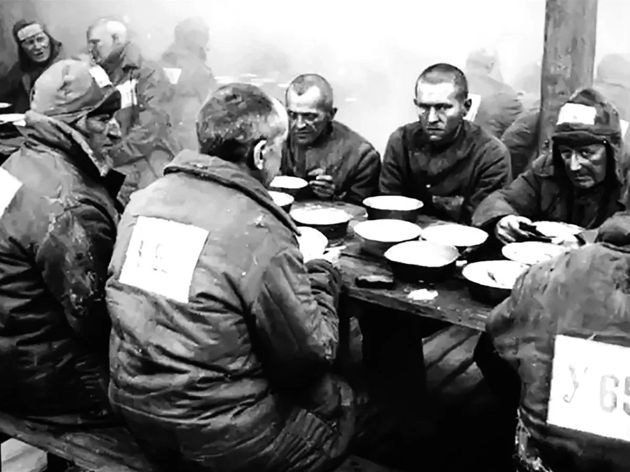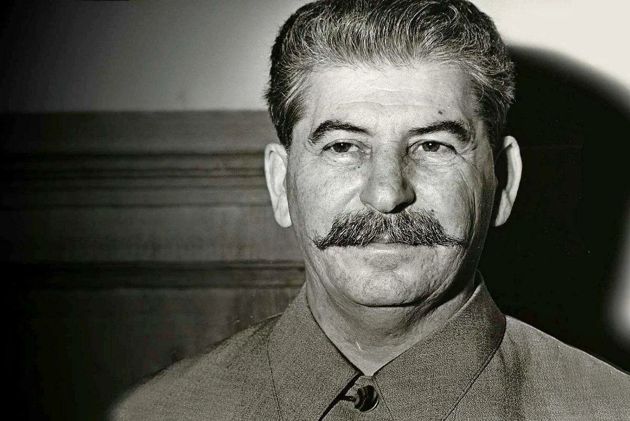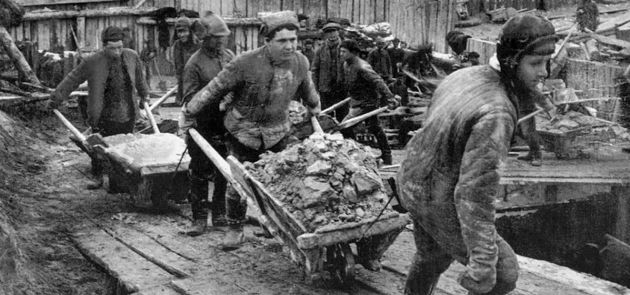How people were fed in the Gulags under Stalin and what was included in the basic ration

In the 1930s, under Joseph Stalin, when mass “Stalinist repressions” swept every sphere of the country, from social and scientific to military, the Gulags became very relevant, to which all people undesirable to the regime and violators of the law, criminals were sent.
Prisoners in the Gulags built several famous “Stalinist” facilities – the Baikal-Amur Mainline, several hydroelectric power plants, tractor factories in several cities in the central and eastern part of the country. 90% of the total workforce was made up of Gulag prisoners, and it would be interesting to understand what the diet of prisoners consisted of, who spent an incredible amount of energy on the construction of such facilities.

Joseph Stalin
In fact, the norms and amounts of food for prisoners in the Gulags in different regions of the country were different. For example, in the gulags in the Salekhard region, buckwheat was in low quantities, and in the Volga region, strange as it may seem, there was no fish. And for prisoners in the Arctic Circle or working underground, the food ration was increased by 25%.
The nutrition norm itself was developed in 1939. Order No. 00943 of the NKVD of the USSR “On the introduction of new norms of food and clothing allowance for prisoners in the Gulag and Penal Colony of the NKVD of the USSR” was created.
Rye bread – 1200 gr, Sugar – 13 gr,
Wheat flour 85% – 60g, Surrogate tea – gr,
2 Miscellaneous cereals – 130 gr, Potatoes and vegetables – 600 gr,
Meat – 30 gr, Tomato puree – 10 gr, Fish – 158 gr,
Capsicum – 0.13 gr, Vegetable oil – 12 gr, Bay leaf – 0.2 gr, Pasta – 10 gr,
Salt – 20 gr Source: Order of the NKVD of the USSR No. 00943 “On the introduction of new norms of food and clothing allowance for prisoners in the Gulag and TICs of the NKVD of the USSR (“Appendix 2″ for those who meet the production quota (for 1 person per day in grams)” dated August 14, 1939, Moscow
- Initially, more than 10 types of menus were formed, which differed from each other in the size of portions and this size depended on the prisoner himself, the choice of menu for a prisoner depended on his ability to work (he could receive additional food for exceeding the work plan), the degree of disability, if any, and even there was a ration for “penalty prisoners”, which was greatly reduced compared to the usual one.

Gulag prisoners at work
- However, the reality often differs from what is written on paper and the actual norms and amounts of food for Gulag prisoners sometimes fell short of the reduced rations, instead of tea they could give coniferous drinks from spruce needles and branches steamed with boiling water, as well as worse things.
But some Gulags were allowed to deliver parcels from their home to prisoners. And almost always it was food
And a parcel in the camp is not only writing. This is a moral outburst, it is an ebullient joy, your hands are shaking: you are not forgotten, you are not alone, people are thinking about you! In our convict Special Camps, we could receive an unlimited number of parcels (their weight was 8 kilograms, which was a whispering restriction). Although not everyone received them evenly, this inevitably increased the general level of food in the camp. There was no such mortal struggle Source: Solzhenitsyn A. I. The Gulag Archipelago. T 3
